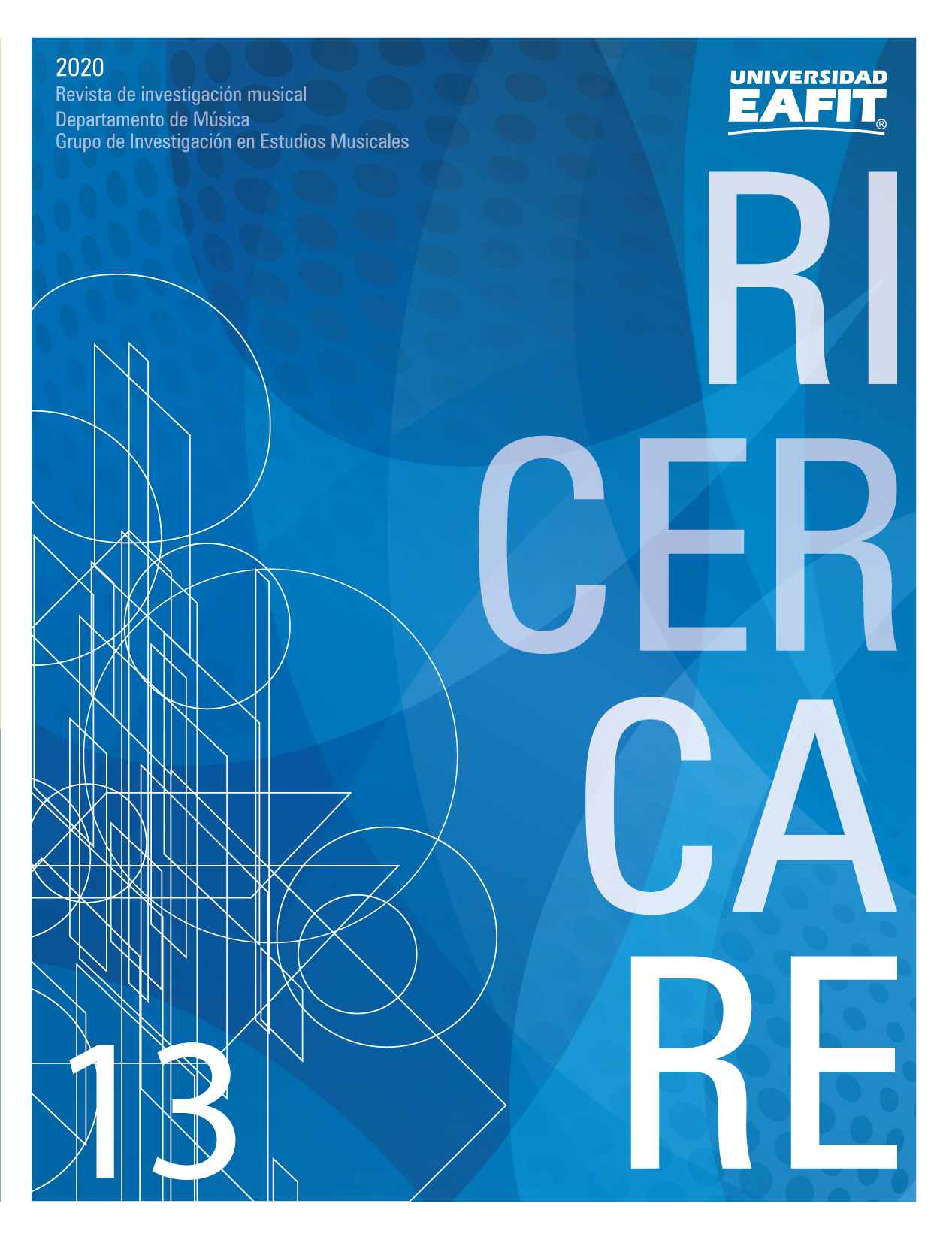An Analysis of Jonathan Harvey’s Speakings for Orchestra and Electronics
Main Article Content
Keywords
electroacoustic, orchestra, perception, music and language, phonetics
Abstract
In recent years an increasing number of composers have used speech as source material for instrumental, electronic and electroacoustic music. This article examines this particular intersection of music and language through an analysis of Jonathan Harvey’s Speakings for orchestra and electronics. I attempt to understand how Harvey made an orchestra sound like a human voice by analyzing his use of technology and his compositional techniques, particularly as they relate to existing theories of speech perception, acoustics and articulatory phonetics. This technical achievement is then placed in its broader musical context to examine the role that speech-sounds play in this piece, and the implications of hearing an orchestra speak in the context of this work’s narrative.
Downloads
References
Analogues of Certain Speech Sounds. Haskins Laboratories Status Report on Speech Research SR-51/52.
Blumstein, S. E., & Stevens, K. N. (1981). The search for invariant acoustic correlates
of phonetic features. Perspectives on the Study of Speech, 1-38.
Cochard, A. (2008). Jonathan Harvey, Arshia Cont et Gilbert Nouno present Speakings
at l’Ircam [Video file]. Retrieved November 13, 2020, from https://www.youtube.com/
watch?v=wjFz-tfCoPk&ab_channel=duduchier.
Harvey, J. (1981). “Mortuos Plango, Vivos Voco”: A Realization at IRCAM.
Computer Music Journal, 5(4), 22-24. doi:10.2307/3679502.
Harvey, J. (1999). In quest of spirit: Thoughts on music. Berkeley, CA: University of
California Press.
Fineberg, J. (2000). Guide to the Basic Concepts and Techniques of Spectral Music. Contemporary Music Review, 19:2, 81-113. doi: 10.1080/07494460000640271.
Harvey, J. (1999) The metaphysics of live electronics. Contemporary Music Review,
18:3, 79-82. doi: 10.1080/07494469900640351.
Harvey, J. (2008) Speakings for Orchestra and Electronics. London: Faber Music.
House, A., Stevens, K., Sandel, T., &; Arnold, J. B. (1962). On the learning of
speechlike vocabularies. Journal of Verbal Learning and Verbal Behavior, 1(2), 133-143. doi:10.1016/s0022-5371(62)80010-3.
Jones, D. (1987) Compositional Control of Phonetic/Nonphonetic Perception.
Perspectives of New Music, 25(1/2), 138-155.
Ladefoged, P. (2006). A course in phonetics. Boston, MA: Thomson Wadsworth.
Ladefoged, P. (2010). Vowels and consonants: An introduction to the sounds of
languages. Malden, MA: Blackwell.
Lisker, L. (1985). The pursuit of invariance in speech signals. The Journal of the
Acoustical Society of America, 77(3), 1199-1202. doi:10.1121/1.392185.
Nouno, G., Cont, A., G. C., & J. H. (2009) Making an Orchestra Speak. Proceedings of
the Sound and Music Computing Conference, 277-282.
Samuel, A. G., &; Tartter, V. C. (1986). Acoustic-Phonetic Issues in Speech Perception. Annual Review of Anthropology, 15(1), 247-273. doi:10.1146/annurev.an.15.100186.001335.
Schnell, Norbert, and Schwarz, Diemo. (2005) Gabor, Multi-Representational Real-
Time Analysis/Synthesis. Proc. of the 8th Int. Conference on Digital Audio Effects.
Smalley, D. (1997). Spectromorphology: Explaining sound-shapes. Organised Sound, 2(2), 107-126. doi:10.1017/s1355771897009059.
Stevens, K. N., & Blumstein, S. E. (1979). Acoustic invariance in speech production:
Evidence from measurements of the spectral characteristics of stop consonants. The
Journal of the Acoustical Society of America, 66(4), 1001-1017.
Wishart, T. (1996) On Sonic Art. Amsterdam: Harwood Academic Publishers.

